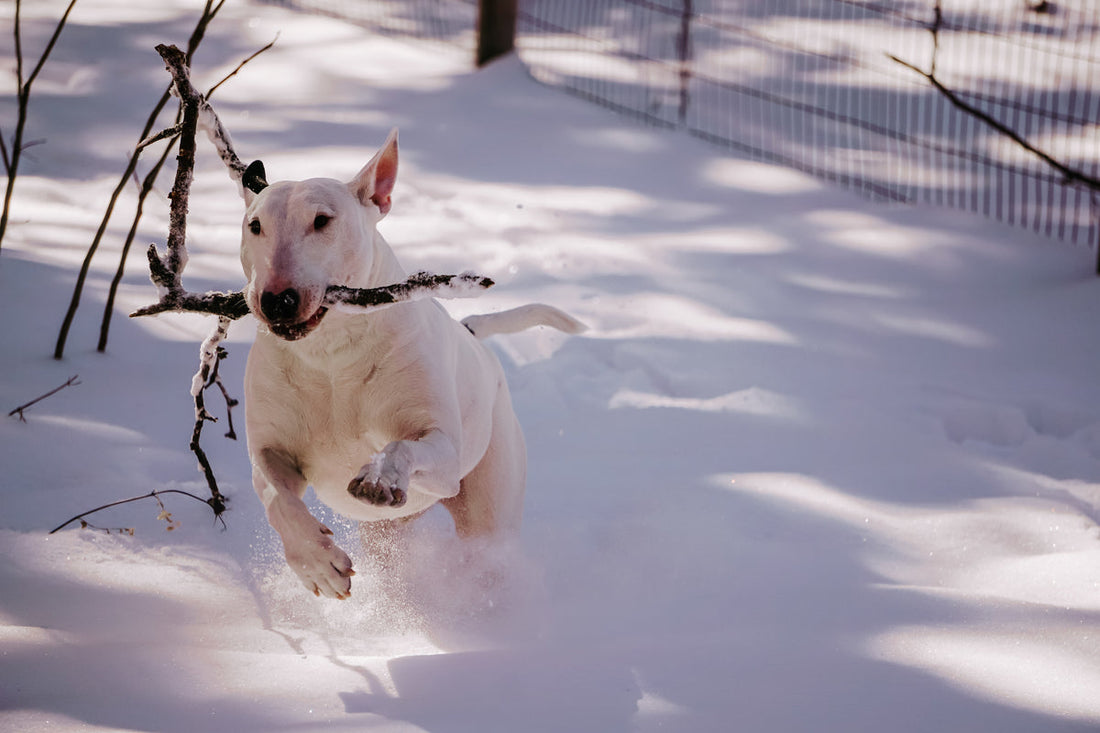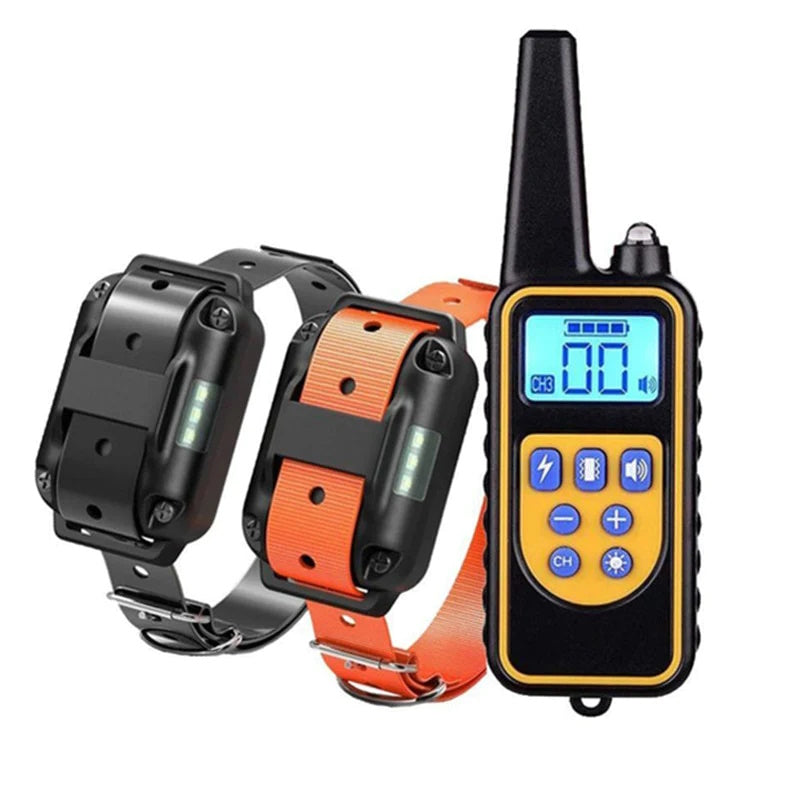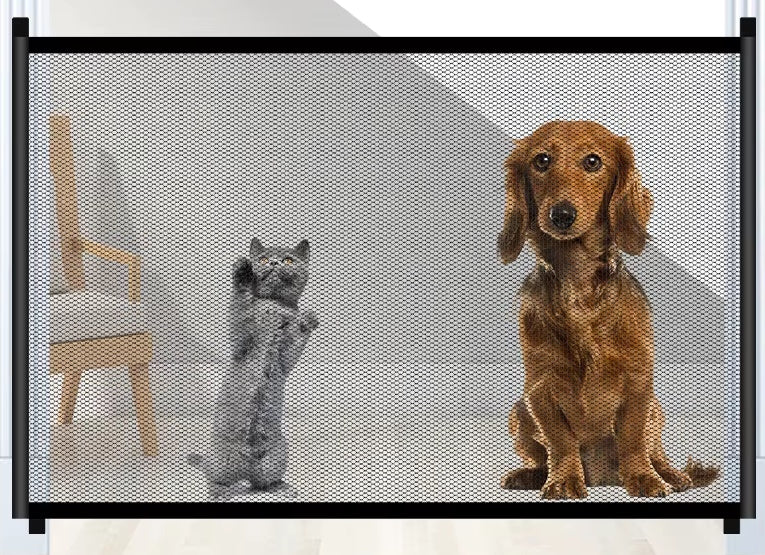





Pet-Proofing Your Home: Creating a Safe Haven for Your Furry Friend
As pet owners, our priority is to provide a safe and secure environment for our beloved companions. Just like childproofing, pet-proofing your home is essential to prevent accidents and keep your furry friend out of harm's way. In this blog post, we'll share valuable tips on how to pet-proof your home and create a safe haven for your four-legged family member.
-
Identify Potential Hazards: Start by identifying potential hazards in your home. Walk through each room and consider items that could be dangerous for your pet. Common hazards include toxic plants, cleaning chemicals, electrical cords, sharp objects, and small items that can be swallowed. Secure any loose wires, store chemicals in locked cabinets, and move harmful substances out of your pet's reach.
-
Secure Cabinets and Drawers: Pets are naturally curious and may explore cabinets and drawers. Install childproof locks or latches to prevent them from accessing areas that contain potentially harmful items. This will ensure your pet's safety and prevent accidental ingestion of medications, cleaning supplies, or sharp objects.
-
Remove Toxic Plants: Some common household plants can be toxic to pets if ingested. Research which plants are safe for your furry friend and remove any toxic ones from your home. Replace them with pet-friendly alternatives such as spider plants, Boston ferns, or African violets. Keep in mind that lilies are highly toxic to cats and should be avoided.
-
Secure Trash Bins: Pets are notorious for rummaging through trash bins in search of food scraps or interesting items. Use trash cans with secure lids or place them in cabinets to prevent your pet from accessing potentially hazardous materials. Dispose of trash regularly to avoid attracting pests or creating a messy environment.
-
Protect Cords and Wires: Pets, especially puppies and kittens, are often attracted to cords and wires, which can pose a significant danger. Keep cords organized and out of reach or use cord protectors to cover and secure them. This will prevent your pet from chewing on electrical cords and potentially suffering electric shocks or other injuries.
-
Provide Safe Chew Toys: Pets, especially puppies and teething kittens, have a natural urge to chew. Provide them with safe and appropriate chew toys to redirect their chewing behavior away from household items. This not only protects your belongings but also keeps your pet engaged and satisfied.
-
Secure Windows and Balconies: Ensure windows and balconies are securely screened or fenced to prevent your pet from accidentally falling or escaping. Cats are particularly prone to jumping or climbing, so secure windows with screens or install window guards to create a safe indoor environment.
-
Stow Away Small Objects: Small objects such as jewelry, buttons, or children's toys can pose a choking hazard to pets. Keep these items safely stored away in closed containers or in rooms that are off-limits to your pet.
Pet-proofing your home is a crucial step in ensuring the safety and well-being of your furry friend. By identifying potential hazards, securing cabinets and drawers, removing toxic plants, and taking measures to prevent access to harmful items, you can create a safe haven for your pet. Regularly assess your home for new potential hazards and make adjustments accordingly. Remember, a pet-proofed home provides peace of mind and a secure environment where your furry friend can thrive.





